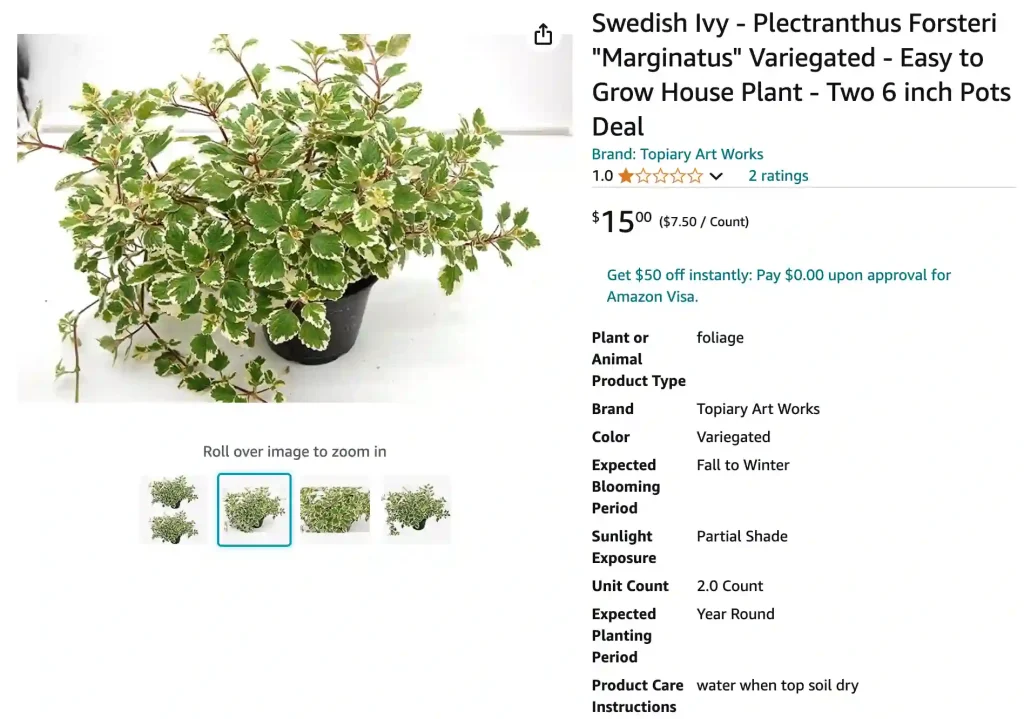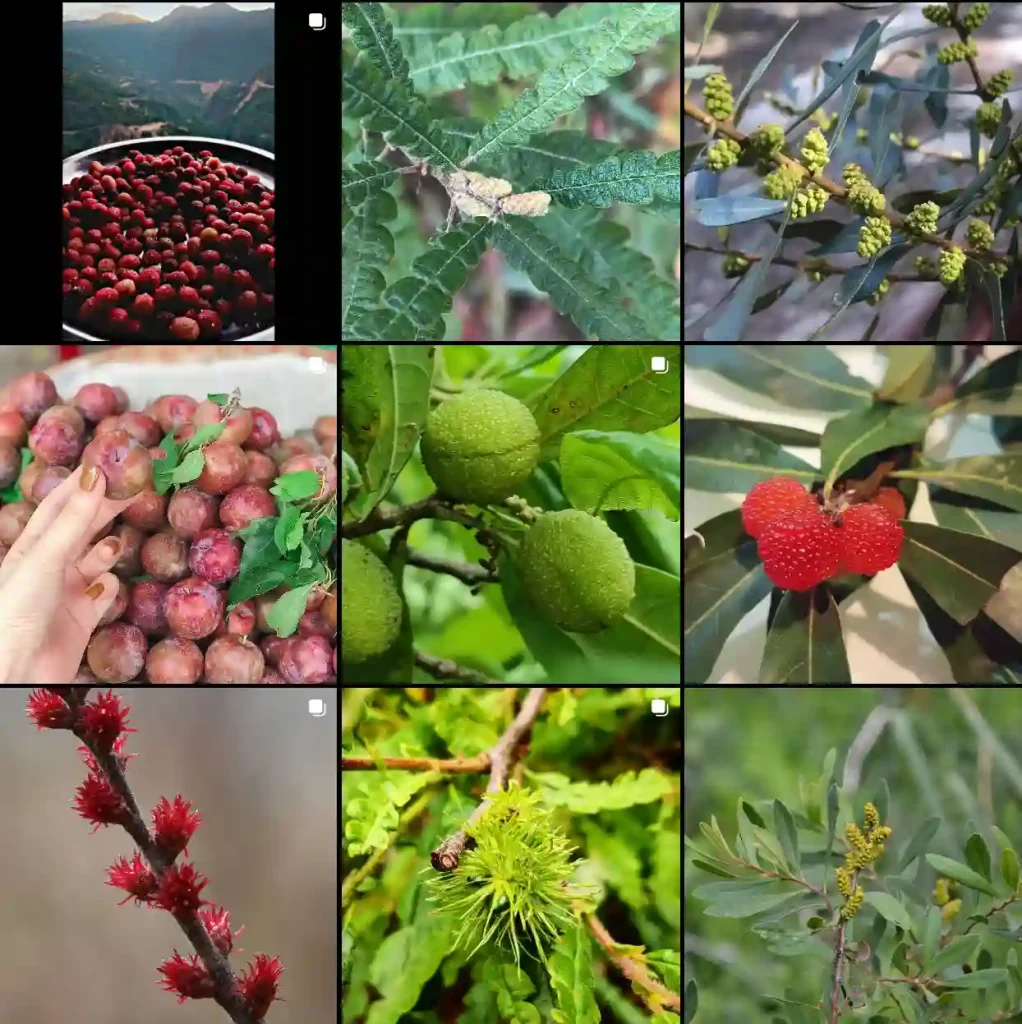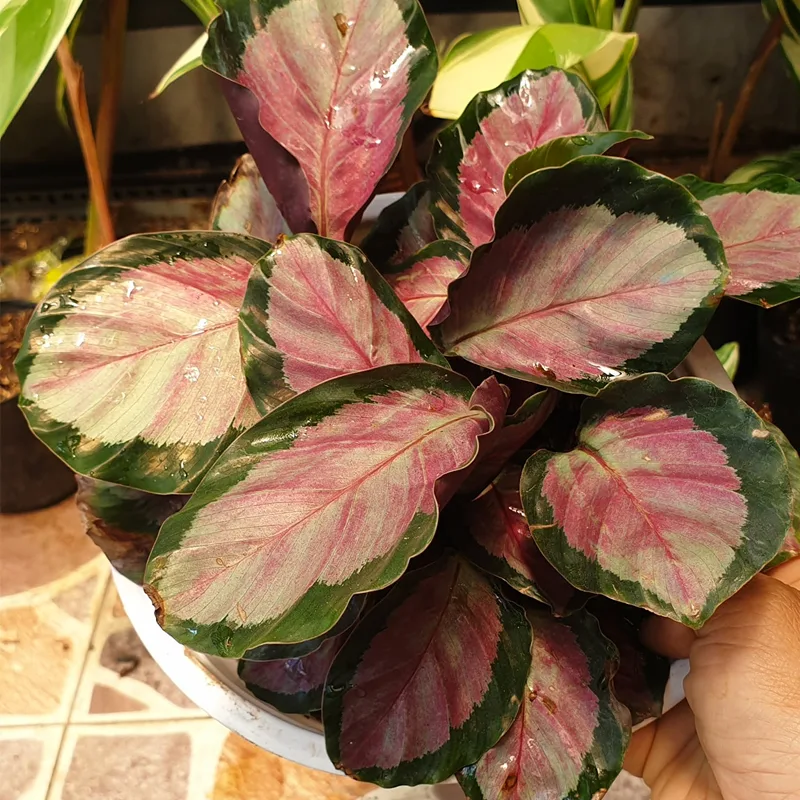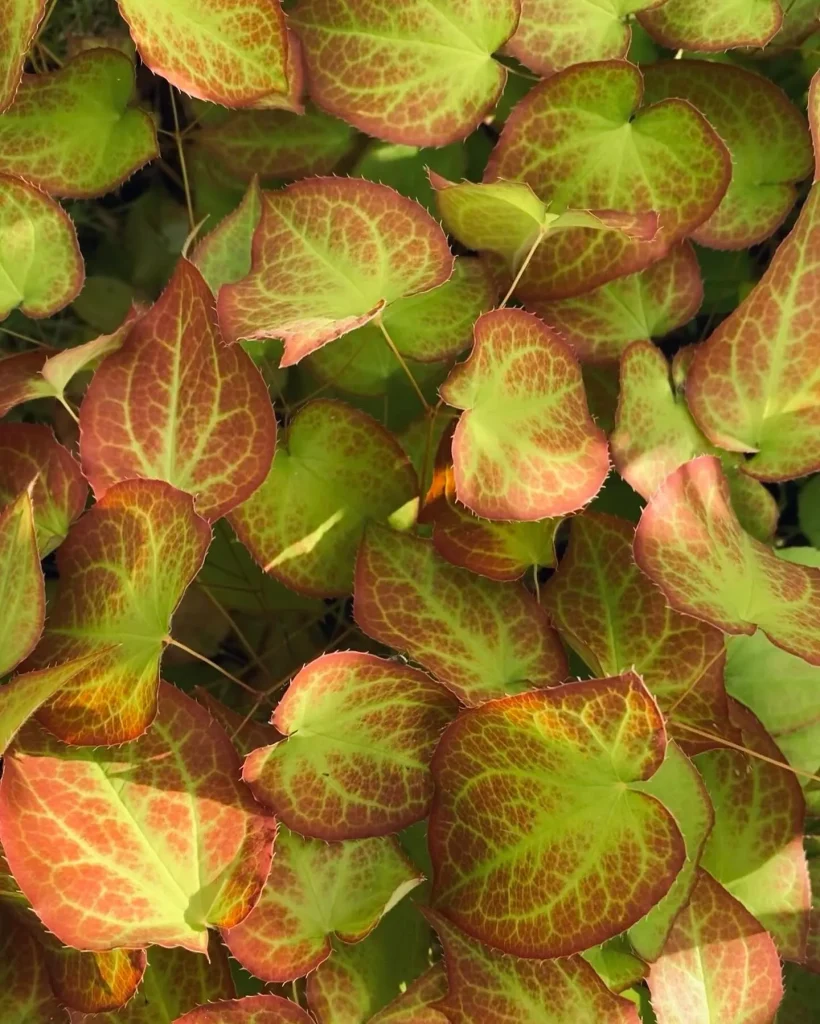
FAQs About Plectranthus Forsteri
I’ve spent a lot of time with different plants, and Plectranthus Forsteri is one of those that I keep coming back to. Its beautiful foliage and low maintenance make it a favorite in my garden. If you’ve been curious about this plant, here’s a detailed guide to answer all your questions about it.
302 Species in Genus Coleus
What Is Plectranthus Forsteri?
Plectranthus Forsteri, a synonym of Coleus Forsteri, often referred to as “Mintleaf” or “Swedish Ivy,” is a versatile and hardy plant known for its attractive foliage. It’s a member of the Lamiaceae family, commonly found in tropical regions. What stands out the most for me are the thick, soft leaves with scalloped edges that give the plant its distinct texture and look. While it’s often grown as a ground cover, it works great in hanging baskets too.
How to Care for Plectranthus Forsteri?
Caring for Plectranthus Forsteri is relatively simple, which is why it’s a perfect choice for both beginners and seasoned gardeners like me. Here’s what it needs to thrive:
- Light: It does well in partial to full shade. I’ve found that indirect light brings out the vibrant green of the leaves best.
- Watering: Plectranthus Forsteri enjoys consistent moisture. However, make sure the soil isn’t waterlogged. I water mine when the top inch of soil feels dry.
- Soil: Well-draining soil is essential. I typically mix in some perlite or sand with regular potting soil for extra drainage.
- Fertilizing: A balanced, water-soluble fertilizer once a month during the growing season keeps it lush. Over-fertilizing, though, can cause leggy growth.
How to Propagate Plectranthus Forsteri?
One of the things I love most about Plectranthus Forsteri is how easy it is to propagate. Here’s how I do it:
- Cuttings: Take a 4-6 inch cutting from the healthy part of the plant.
- Remove lower leaves: Strip off the bottom leaves, leaving just a couple at the top.
- Rooting medium: Place the cutting in water or directly into moist soil. I’ve had great success with both methods, though water propagation lets you see the roots form.
- Wait for roots: Within 2-3 weeks, roots should appear, and then you can transplant the new plant.
What to Plant with Plectranthus Forsteri?
Plectranthus Forsteri pairs well with many plants due to its texture and growth habit. I love planting it alongside ferns, begonias, or impatiens. These plants share similar water and light requirements, creating a lush, harmonious display. In my hanging baskets, I often mix it with trailing plants like ivy or fuchsia for contrast.
Is Plectranthus Forsteri Toxic?
This plant is generally non-toxic to humans and pets, which is a huge plus for me since I have both kids and animals around the house. Unlike many other common garden plants, you don’t need to worry about any harmful effects from accidental ingestion. Still, I keep a watchful eye to avoid pets chewing on it excessively.
What Are the Benefits of Plectranthus Forsteri?
One of the standout qualities of Plectranthus Forsteri is its versatility. Here are some key benefits I’ve observed:
- Aesthetic value: The soft, textured leaves add visual interest to any garden. Whether used as ground cover or in hanging baskets, its lush green foliage is striking.
- Air purification: Like many plants, Plectranthus Forsteri helps improve indoor air quality by absorbing toxins and releasing oxygen.
- Low maintenance: For a plant that looks this good, it’s surprisingly easy to care for. It’s forgiving if I forget to water it for a day or two, and it’s quite resistant to pests.
What Are Common Problems with Plectranthus Forsteri?
Even though it’s relatively easy to care for, Plectranthus Forsteri does have a few common issues that I’ve encountered:
- Leggy growth: This happens if the plant isn’t getting enough light. I usually trim it back to encourage fuller growth.
- Yellowing leaves: This could be a sign of overwatering. I check the soil to ensure it’s draining properly.
- Pests: While it’s generally pest-resistant, I’ve noticed occasional whiteflies and spider mites. A simple neem oil spray takes care of them effectively.
Comparing Plectranthus Forsteri to Similar Plants
Plectranthus Forsteri is often confused with Plectranthus Argentatus and Plectranthus Ciliatus, both of which share a similar growth pattern. However, from my experience, Plectranthus Forsteri has thicker, more vibrant green leaves, while Plectranthus Argentatus has silvery foliage. I prefer Plectranthus Forsteri for its lush appearance, especially in mixed plantings.
Another plant that is often mistaken for Plectranthus Forsteri is Coleus, due to its colorful leaves and similar growth habit. However, Coleus needs more direct light to maintain its vivid colors, while Plectranthus Forsteri thrives in shade.
Why I Keep Plectranthus Forsteri in My Garden
What I love most about Plectranthus Forsteri is its versatility. Whether in hanging baskets, as ground cover, or as part of a mixed planting, it always adds a touch of lush green to the space. Its ease of care and propagation also make it perfect for anyone looking to fill their garden with beautiful, low-maintenance plants. Plus, knowing it’s safe around pets and children gives me peace of mind. This is one of those plants I keep coming back to time and time again, and I highly recommend adding it to your collection.
If i die, water my plants!



